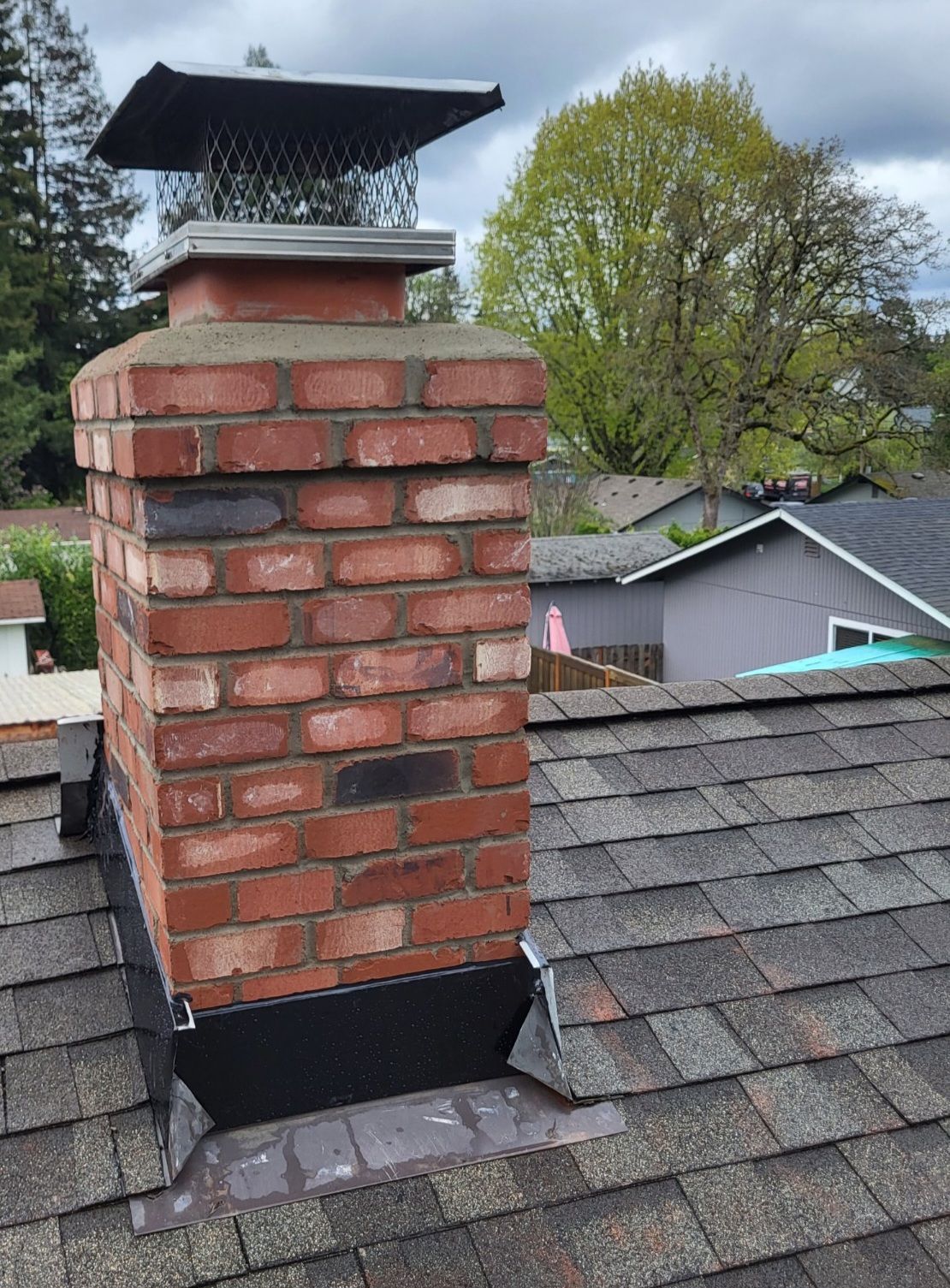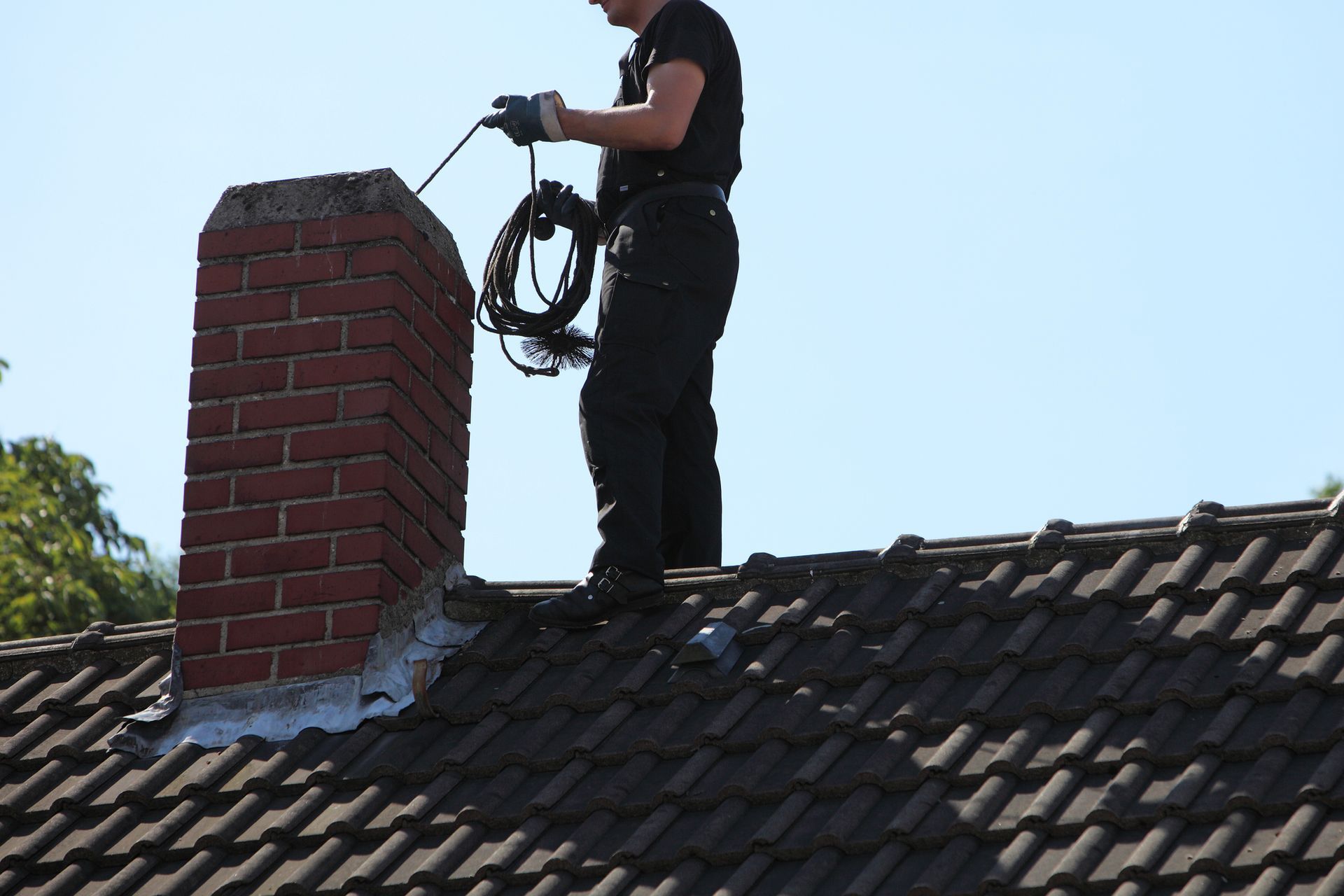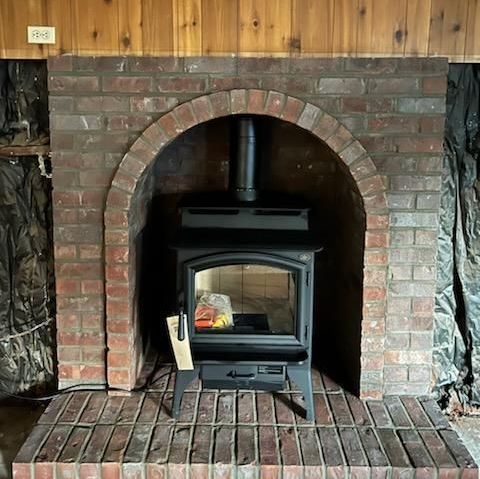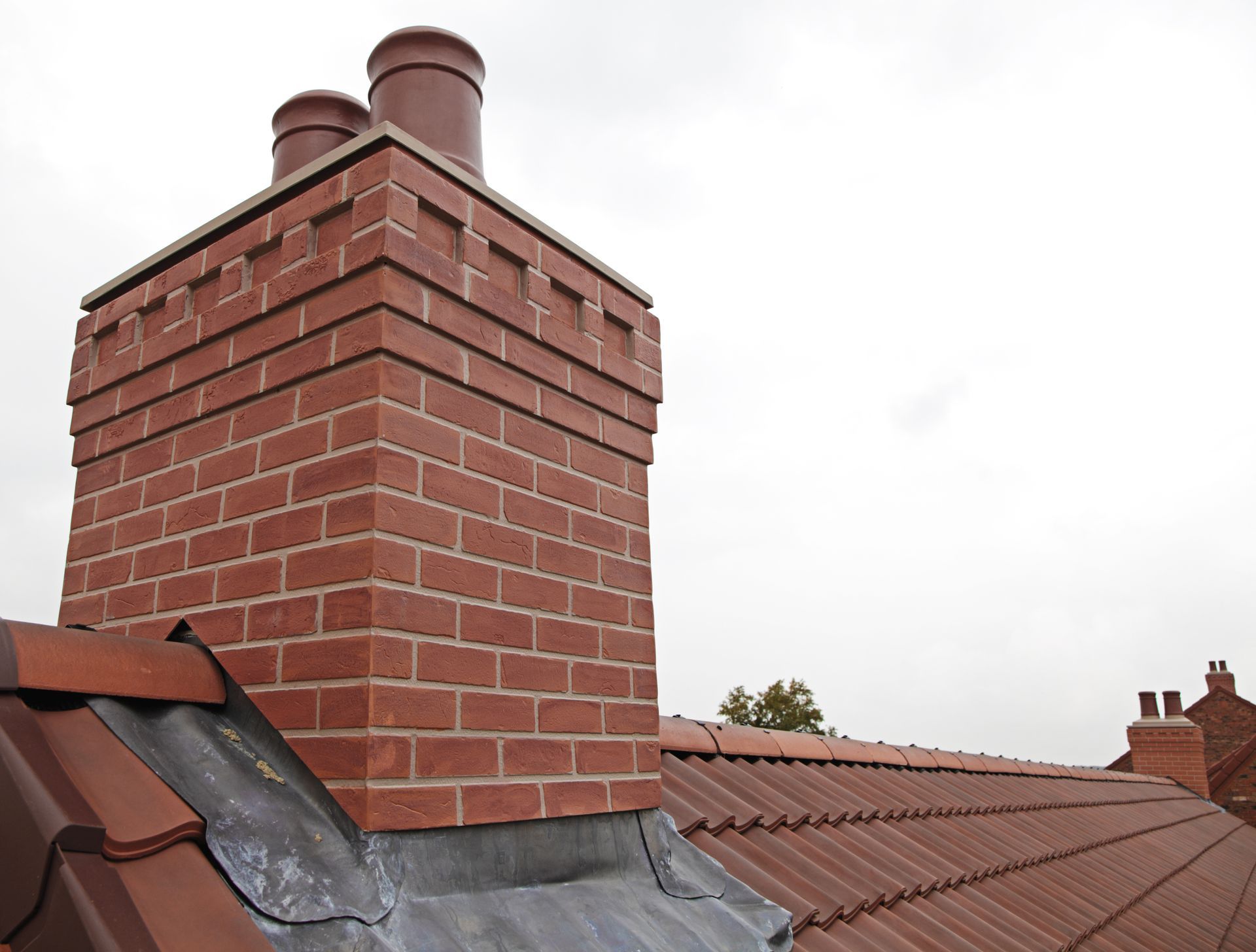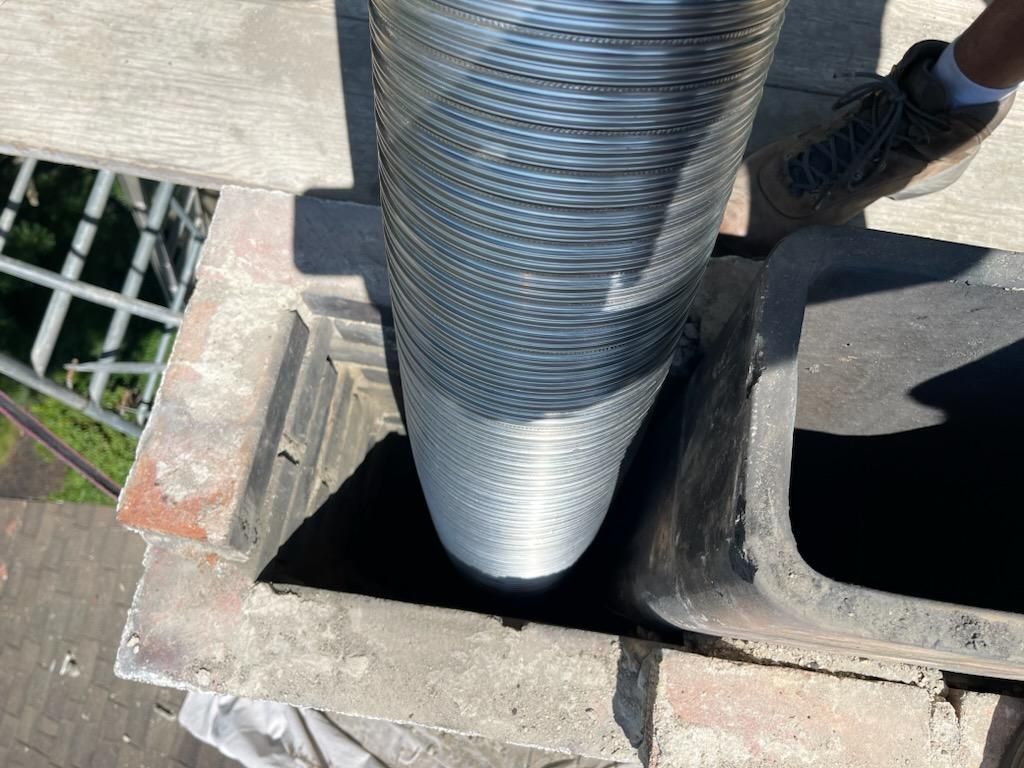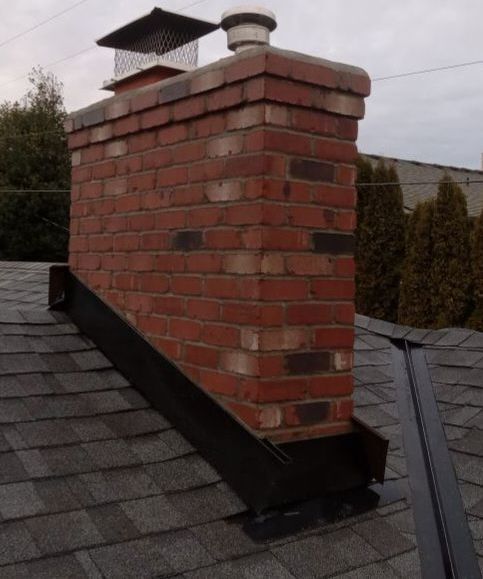Common Causes of Chimney Damage
Damaged chimneys are more dangerous than many people think. For example, chimney damage increases fire risk, can admit water into the house, and can fill your house with poisonous carbon dioxide. Fixing such damages as soon as possible is necessary—preventing the damages is even more crucial. You can do all these if you understand what causes chimney damage.
Below are some of these causes.
Natural Disasters
Different forms of natural disasters can damage your chimney. For example:
- Strong windstorms can rip off the chimney cap and allow animals, debris, or snow access into the chimney.
- Large hailstones can damage the chimney flashing and allow water penetration.
- Large hailstones or falling debris (for example, wind-damaged tree branches) can crack the chimney crown and allow water penetration.
- A lightning strike can crack the chimney crown, damage the liner, or shatter the brick or stonework.
- Ground movements can crack the chimney's brick or stonework.
In each case, the damage's extent depends on the nature of the disaster, the chimney's condition, and age.
Wear and Tear
All parts of the house suffer wear and tear over the years, including the chimney. The effects of age-related wear and tear eventually accumulate enough to cause disruptive damage. Below are factors that contribute to chimney wear and tear.
Water Intrusion
Waterproofing and flashing minimize water exposure to the chimney's material. However, some water penetration occurs each time it rains or snow falls. The water deteriorates the chimney's materials, rotting the masonry and widening the weathering cracks. Metal parts of the chimney also corrode on exposure to water.
Sunlight Exposure
Heat and ultraviolet (UV) rays from the sun affect the chimney's materials in several ways. For example, UV exposure deteriorates the chimney's waterproofing, allowing water penetration and related damage.
Defective Workmanship or Materials
A chimney may look like an innocuous structure, but requires skilled design and installation. Otherwise, the chimney may deteriorate fast and prematurely fail. Below are examples of how defective workmanship or material contributes to chimney damage.
Inadequate Footing
The chimney's footing supports its weight. For example, a thin footing might lack the strength it needs to support the overlying chimney weight. The inadequate support can lead to structural damage. Such a chimney may begin to crack or lean before long.
Masonry Defects
The quality of the masonry installation determines the chimney's strength. A strong chimney is necessary to withstand the effects of external forces, such as wind and hailstones. Examples of masonry defects include brick misalignment, inconsistent mortar mix, uneven mortar spread, and inadequate damp proofing.
Improperly Installed Liners
Chimney liners are available in different materials, including metal and ceramic. Chimney contractors use liners to contain and safely guide combustion products out of the house. The liner also protects the chimney walls against damage from different sources, including fire and corrosion.
Thus, improper liner installation increases the risk of chimney damage. Consider a fire breakout in the chimney; the fire will cause more damage if the liner is the wrong size than if the builder used the right liner.
Chimney Fires
Lastly, chimney fires can also damage the liner, loosen the mortar, or crack the brick enough to weaken the chimney or admit water. Common causes of chimney fires include:
- A buildup of creosote, highly flammable fire byproducts, within the chimney flue
- Chimney cracks or defects
- Missing chimney caps that allow flammable debris into the chimney
- Dangerous fire starters that blow flames up the chimney
A big fire can cause instantaneous damage, while small fires cause gradual damage.
Lifetime Chimney has over 20 years of experience in chimney services. We can repair, maintain, and clean your chimney so it continues to serve you effectively and safely. Contact us for free quotes on your chimney needs.
